Home>Storage & Organization>Kitchen Organizing Tools>How Do You Discipline A Cat For Pooping Outside The Litter Box?
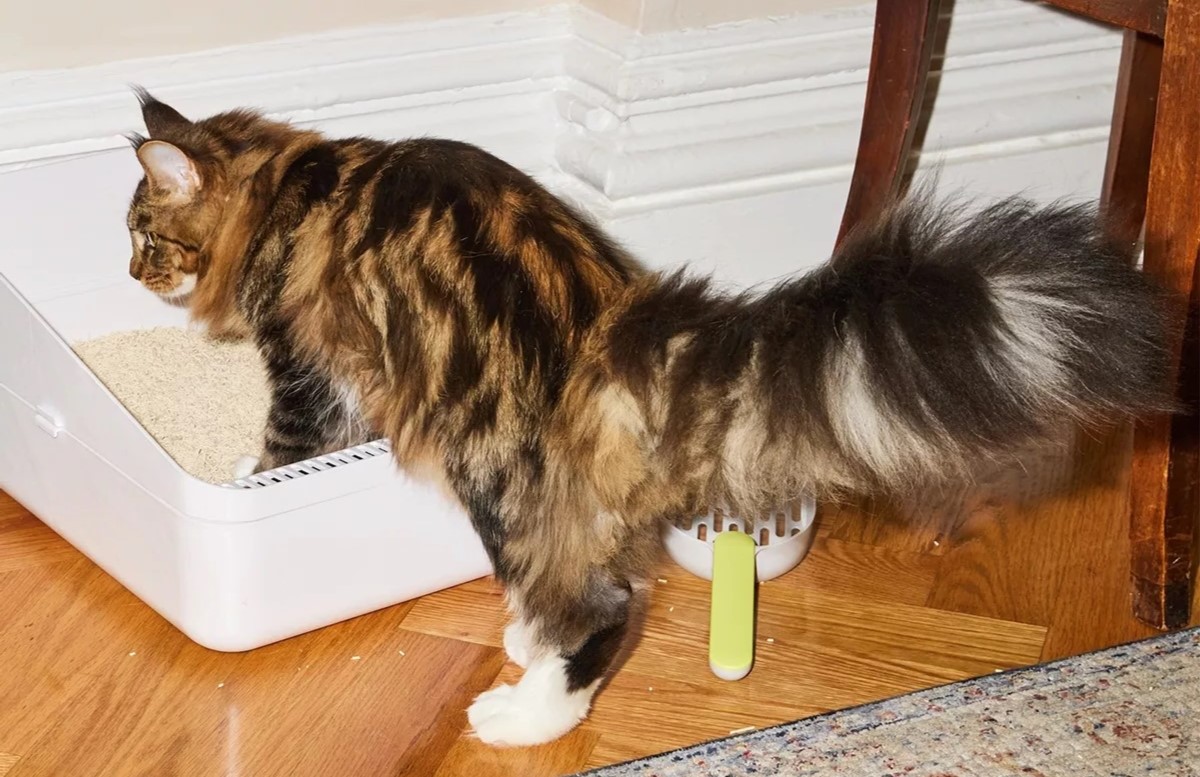

Kitchen Organizing Tools
How Do You Discipline A Cat For Pooping Outside The Litter Box?
Modified: March 2, 2024
Discover effective ways to discipline a cat for pooping outside the litter box and explore essential kitchen organizing tools for a tidy and efficient space. Unlock expert tips and products to keep your kitchen clutter-free.
(Many of the links in this article redirect to a specific reviewed product. Your purchase of these products through affiliate links helps to generate commission for Storables.com, at no extra cost. Learn more)
Introduction
Dealing with a cat that consistently poops outside the litter box can be a frustrating and perplexing experience for any cat owner. It's a situation that often leads to stress and confusion, as well as concerns about the cat's well-being and the cleanliness of the home. However, it's essential to approach this issue with patience, understanding, and a willingness to address the underlying causes rather than simply disciplining the cat.
When a cat exhibits this behavior, it's crucial to recognize that there are various potential reasons behind it. These can range from medical issues to environmental stressors, and understanding these factors is key to finding an effective solution. By taking a proactive and compassionate approach, cat owners can work towards creating a positive and supportive environment that encourages the cat to use the litter box consistently.
In the following sections, we will delve into the various aspects of addressing this challenging behavior, including understanding the reasons behind it, providing a suitable litter box environment, using positive reinforcement, and seeking veterinary advice. By exploring these strategies, cat owners can gain valuable insights into how to effectively address and resolve this issue, ultimately fostering a harmonious and healthy relationship with their feline companions.
Key Takeaways:
- Understanding the reasons behind a cat’s litter box behavior is crucial. Medical issues, environmental stress, and cleanliness all play a role. Creating a conducive litter box environment and using positive reinforcement can help address this challenging behavior.
- Avoid punishing your cat for inappropriate elimination. Positive reinforcement, understanding, and seeking veterinary advice are key. By prioritizing your cat’s well-being, you can create a supportive environment and foster a strong bond with your feline companion.
Understanding the reasons behind the behavior
Understanding the reasons behind a cat's decision to poop outside the litter box is crucial in addressing this challenging behavior. Cats are known for their fastidious nature, and when they deviate from using the litter box, it often indicates an underlying issue that needs attention. Several factors could contribute to this behavior, and a comprehensive understanding of these reasons is essential for implementing effective solutions.
One common reason for a cat to avoid the litter box is a medical issue. Cats may experience discomfort or pain when using the litter box due to conditions such as urinary tract infections, constipation, or arthritis. In such cases, the cat may associate the litter box with discomfort and seek alternative locations to relieve themselves. It's important for cat owners to observe any signs of distress or changes in the cat's bathroom habits and seek veterinary attention promptly.
Environmental stressors can also play a significant role in a cat's decision to poop outside the litter box. Changes in the household, such as moving to a new home, introducing a new pet, or alterations in the litter box location or type, can cause stress and anxiety for the cat. This may lead to aversion to the litter box and a preference for other areas in the home. Understanding the impact of environmental changes on a cat's behavior is essential for creating a supportive and comfortable living environment.
Additionally, the cleanliness and accessibility of the litter box are crucial factors to consider. Cats are meticulous animals and may avoid a soiled or poorly maintained litter box. It's important to ensure that the litter box is kept clean and that there are an adequate number of boxes available, especially in multi-cat households. Furthermore, the type of litter used and the size and design of the litter box can also influence a cat's willingness to use it.
By recognizing and addressing these potential reasons behind a cat's decision to poop outside the litter box, cat owners can take proactive steps to create a conducive environment that encourages proper litter box usage. This understanding forms the foundation for implementing effective strategies to address this behavior and promote a harmonious relationship between cats and their owners.
Providing a suitable litter box environment
Creating a suitable litter box environment is essential for encouraging a cat to consistently use the litter box. Cats are discerning animals, and their preferences for the litter box environment can significantly impact their bathroom habits. By addressing key aspects such as cleanliness, accessibility, and the physical characteristics of the litter box, cat owners can establish an environment that promotes proper litter box usage.
First and foremost, maintaining a clean litter box is paramount. Cats are naturally inclined to seek out clean and hygienic areas for elimination. Therefore, regularly scooping the litter box to remove waste and clumps, as well as completely changing the litter on a routine basis, is crucial. Additionally, using unscented litter can be beneficial, as some cats may be sensitive to strong fragrances.
The accessibility of the litter box is another critical consideration. Cats should have easy and unrestricted access to the litter box at all times. In multi-level homes, it's important to ensure that there is a litter box available on each level to accommodate the cat's needs. Furthermore, the location of the litter box should be in a quiet and low-traffic area, providing the cat with a sense of privacy and security while using it.
The physical characteristics of the litter box also play a significant role in promoting proper litter box usage. The size of the litter box should be appropriate for the cat, allowing sufficient space for movement and digging. Additionally, some cats may have preferences for the type of litter used, such as clumping, non-clumping, or natural alternatives. Experimenting with different litter types can help determine the cat's preferences and promote consistent litter box usage.
In multi-cat households, it's essential to provide an adequate number of litter boxes to prevent competition and territorial issues. The general guideline is to have one litter box per cat, plus an additional box to accommodate their preferences and territorial behaviors.
By addressing these key aspects of the litter box environment, cat owners can create a conducive and inviting space that encourages proper litter box usage. This proactive approach, combined with an understanding of the cat's preferences and behaviors, can significantly contribute to resolving issues related to inappropriate elimination and fostering a positive relationship between cats and their owners.
Using positive reinforcement
Positive reinforcement is a powerful and effective tool for encouraging desired behaviors in cats, including consistent litter box usage. By utilizing positive reinforcement techniques, cat owners can create a supportive and encouraging environment that motivates their feline companions to use the litter box appropriately.
One of the most impactful methods of positive reinforcement is the use of rewards. When a cat uses the litter box as intended, providing immediate positive reinforcement in the form of verbal praise, gentle petting, or a small treat can reinforce this behavior. Cats respond well to positive attention and rewards, and associating the act of using the litter box with positive experiences can encourage them to continue this behavior.
Consistency is key when employing positive reinforcement. Cat owners should strive to consistently reward their cats each time they use the litter box appropriately. This repetition helps to reinforce the desired behavior and strengthens the association between using the litter box and receiving positive reinforcement.
In addition to immediate rewards, it's important to create a positive association with the litter box itself. This can be achieved by placing the litter box in a quiet and accessible location, ensuring that it is clean and inviting, and providing a comfortable and familiar environment around the litter box. By making the litter box a pleasant and appealing space, cats are more likely to view it as a preferred location for elimination.
Another effective positive reinforcement technique is the use of environmental enrichment. Providing engaging toys, scratching posts, and interactive play sessions can help reduce stress and anxiety in cats, ultimately contributing to more consistent litter box usage. A content and mentally stimulated cat is more likely to exhibit positive behaviors, including using the litter box appropriately.
It's important to note that positive reinforcement should always be paired with patience and understanding. Cats may require time to adjust to new routines and environments, and consistent positive reinforcement plays a crucial role in facilitating this adjustment. Punishment or negative reinforcement should be avoided, as it can lead to further stress and anxiety, ultimately exacerbating the issue of inappropriate elimination.
By incorporating positive reinforcement techniques into the daily interactions with their cats, owners can effectively encourage and maintain consistent litter box usage. This approach not only addresses the immediate behavior but also strengthens the bond between cats and their owners, fostering a relationship built on trust, understanding, and positive experiences.
Ensure the litter box is clean and accessible. Rule out any medical issues with a vet. Use positive reinforcement when the cat uses the litter box. Avoid punishment as it can cause stress and worsen the problem.
Avoiding punishment
When addressing a cat's inappropriate elimination behavior, it's crucial to emphasize the importance of avoiding punishment. While it can be frustrating and challenging to deal with this issue, resorting to punishment as a means of correction can have detrimental effects on the cat's well-being and the overall relationship between the cat and its owner.
Punishment, whether in the form of verbal reprimands, physical discipline, or isolation, can lead to heightened stress and anxiety in cats. This can exacerbate the very behavior that the owner is trying to correct, as the cat may associate the litter box and elimination with negative experiences. Additionally, punishment can erode the trust and bond between the cat and its owner, leading to a strained and fearful relationship.
Cats do not respond to punishment in the same way that humans or even dogs might. They are sensitive animals that thrive in environments based on trust, positive reinforcement, and understanding. Punishment can create a negative and hostile atmosphere, causing the cat to become defensive, anxious, or even exhibit avoidance behaviors.
Instead of punishment, it's essential to focus on positive reinforcement and proactive strategies to address inappropriate elimination. By creating a supportive and encouraging environment, cat owners can effectively guide their cats toward consistent litter box usage without instilling fear or stress.
Positive reinforcement, as discussed earlier, is a powerful alternative to punishment. By rewarding desired behaviors and creating a positive association with the litter box, cat owners can motivate their cats to use the litter box consistently. This approach not only addresses the immediate behavior but also fosters a harmonious and trusting relationship between the cat and its owner.
Furthermore, understanding the underlying reasons behind the inappropriate elimination and addressing any potential medical or environmental factors is crucial. By taking a compassionate and proactive approach, cat owners can work towards resolving the issue at its root, rather than resorting to punitive measures.
In summary, avoiding punishment and embracing positive reinforcement and understanding are fundamental principles in addressing a cat's inappropriate elimination behavior. By prioritizing the well-being and emotional health of the cat, cat owners can create an environment that promotes positive behaviors and a strong, trusting bond between themselves and their feline companions.
Seeking veterinary advice
Seeking veterinary advice is a crucial step in addressing a cat's inappropriate elimination behavior. When a cat consistently poops outside the litter box, it's essential to rule out any underlying medical issues that may be contributing to this behavior. Cats are adept at masking signs of illness, and certain medical conditions can manifest as changes in bathroom habits. Therefore, consulting a veterinarian is paramount in ensuring the cat's physical well-being and addressing any potential health concerns.
During a veterinary consultation, the veterinarian will conduct a thorough examination to assess the cat's overall health. This may include a physical examination, urinalysis, blood tests, and other diagnostic procedures to identify any underlying medical conditions that could be influencing the cat's elimination behavior. Common medical issues such as urinary tract infections, gastrointestinal disorders, and arthritis can impact a cat's comfort and ability to use the litter box appropriately.
In addition to physical examinations and diagnostic tests, the veterinarian will also inquire about the cat's daily routine, litter box habits, and any recent changes in the household environment. This comprehensive approach allows the veterinarian to gain valuable insights into the cat's behavior and potential stressors that may be contributing to the inappropriate elimination.
Based on the findings from the examination and diagnostic tests, the veterinarian can recommend appropriate treatment and management strategies. This may include medication to address underlying medical conditions, dietary adjustments, environmental modifications, or behavioral interventions. By addressing any medical issues and implementing targeted treatment plans, cat owners can effectively support their cats' physical well-being and improve their litter box habits.
Furthermore, the veterinarian can provide valuable guidance on creating an optimal litter box environment and implementing behavioral modifications tailored to the cat's specific needs. This collaborative approach between the cat owner and the veterinarian ensures a comprehensive and individualized strategy for addressing the inappropriate elimination behavior.
Overall, seeking veterinary advice is an essential component of addressing a cat's inappropriate elimination behavior. By prioritizing the cat's physical health and well-being, cat owners can work towards creating a supportive and nurturing environment that promotes consistent litter box usage. Through collaboration with a veterinarian, cat owners can gain valuable insights, guidance, and support in addressing this challenging behavior and fostering a harmonious relationship with their feline companions.
Conclusion
In conclusion, addressing a cat's inappropriate elimination behavior requires a multifaceted approach that prioritizes understanding, compassion, and proactive strategies. By delving into the reasons behind this behavior, creating a suitable litter box environment, utilizing positive reinforcement, and seeking veterinary advice, cat owners can work towards resolving this challenging issue and fostering a harmonious relationship with their feline companions.
Understanding the underlying reasons behind a cat's decision to poop outside the litter box is fundamental to implementing effective solutions. Whether it's addressing medical issues, environmental stressors, or the cleanliness and accessibility of the litter box, recognizing these factors is key to creating a conducive environment that encourages proper litter box usage.
Creating a suitable litter box environment involves meticulous attention to cleanliness, accessibility, and the physical characteristics of the litter box. By maintaining a clean and inviting space, providing easy access, and considering the cat's preferences for litter type and box design, cat owners can significantly influence their cat's litter box habits.
Utilizing positive reinforcement as a means of encouraging desired behaviors is a powerful tool in promoting consistent litter box usage. By associating the litter box with positive experiences, creating a positive environment around the litter box, and employing consistent rewards, cat owners can motivate their cats to use the litter box appropriately while strengthening the bond between themselves and their feline companions.
Avoiding punishment and embracing positive reinforcement and understanding are fundamental principles in addressing a cat's inappropriate elimination behavior. By prioritizing the well-being and emotional health of the cat, cat owners can create an environment that promotes positive behaviors and a strong, trusting bond between themselves and their feline companions.
Seeking veterinary advice is a crucial step in addressing a cat's inappropriate elimination behavior. By collaborating with a veterinarian to rule out underlying medical issues, gain insights into the cat's behavior, and receive guidance on creating an optimal litter box environment, cat owners can ensure the physical well-being of their cats and implement targeted strategies for addressing this challenging behavior.
In essence, addressing a cat's inappropriate elimination behavior requires patience, understanding, and a commitment to creating a supportive and nurturing environment. By incorporating the strategies discussed in this article and working in collaboration with veterinary professionals, cat owners can navigate this challenging issue with empathy and determination, ultimately fostering a positive and enduring relationship with their beloved feline companions.
Frequently Asked Questions about How Do You Discipline A Cat For Pooping Outside The Litter Box?
Was this page helpful?
At Storables.com, we guarantee accurate and reliable information. Our content, validated by Expert Board Contributors, is crafted following stringent Editorial Policies. We're committed to providing you with well-researched, expert-backed insights for all your informational needs.
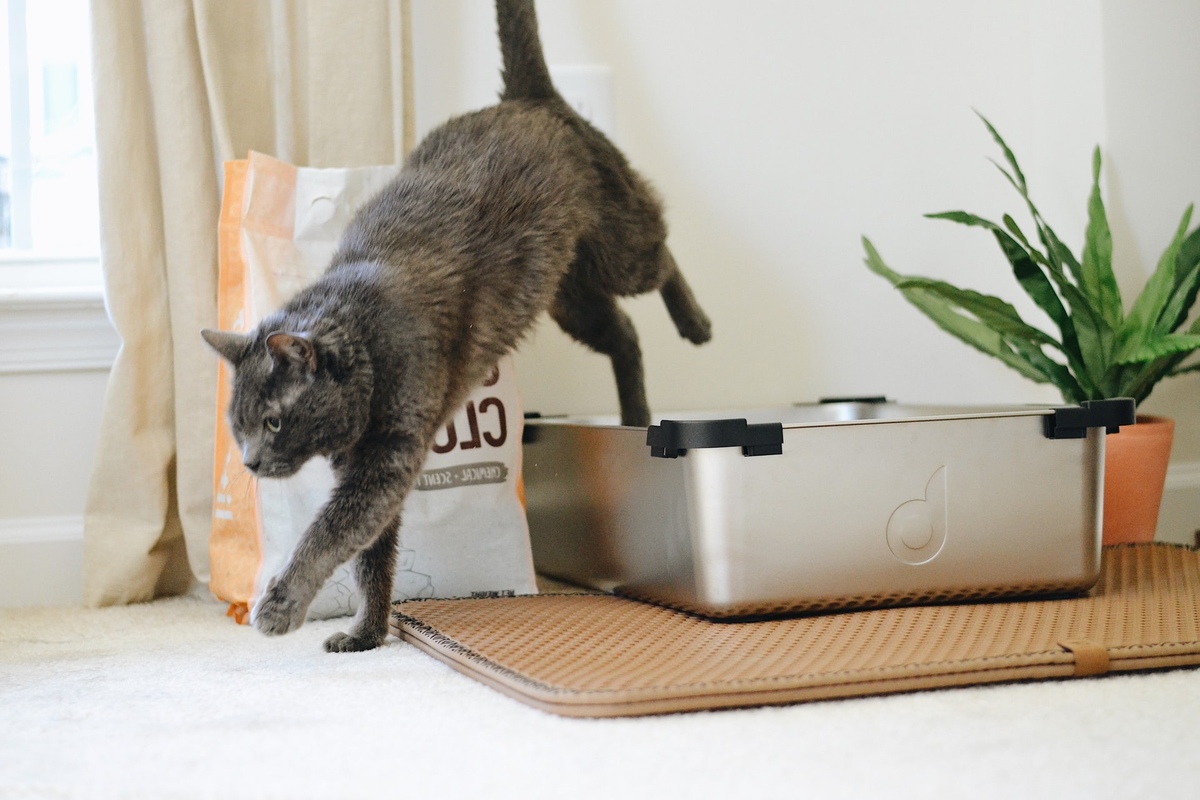
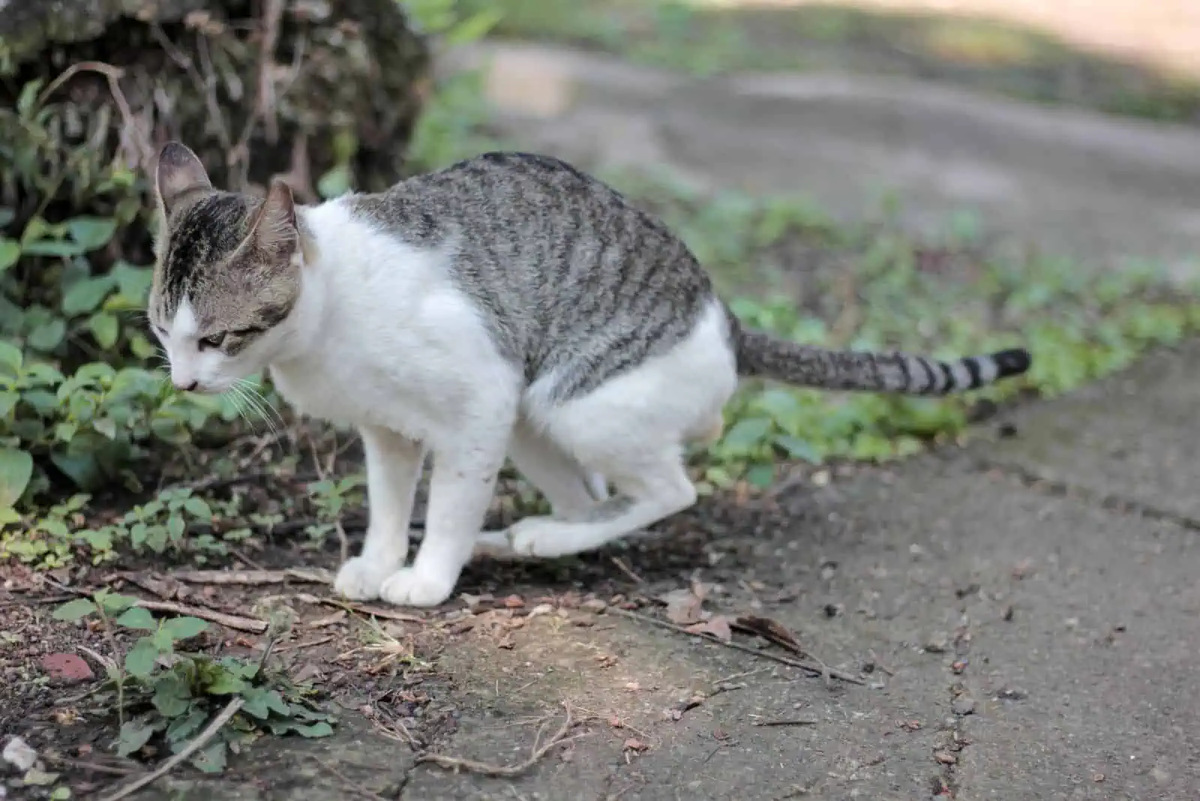
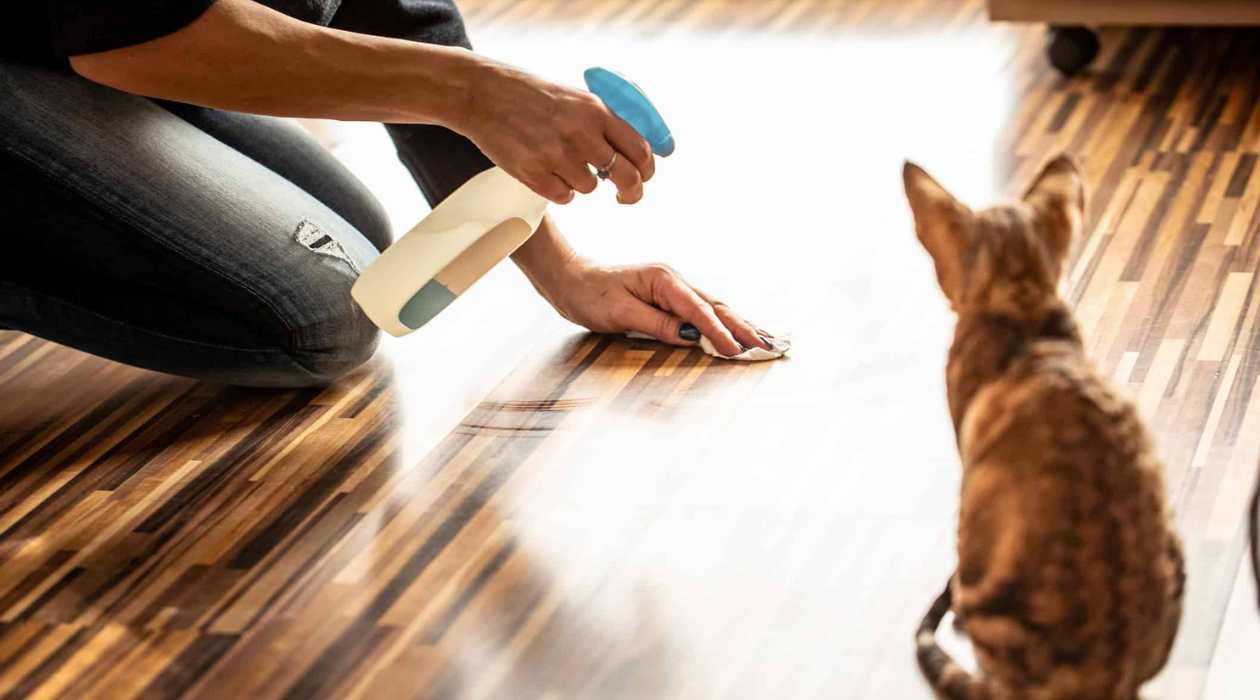
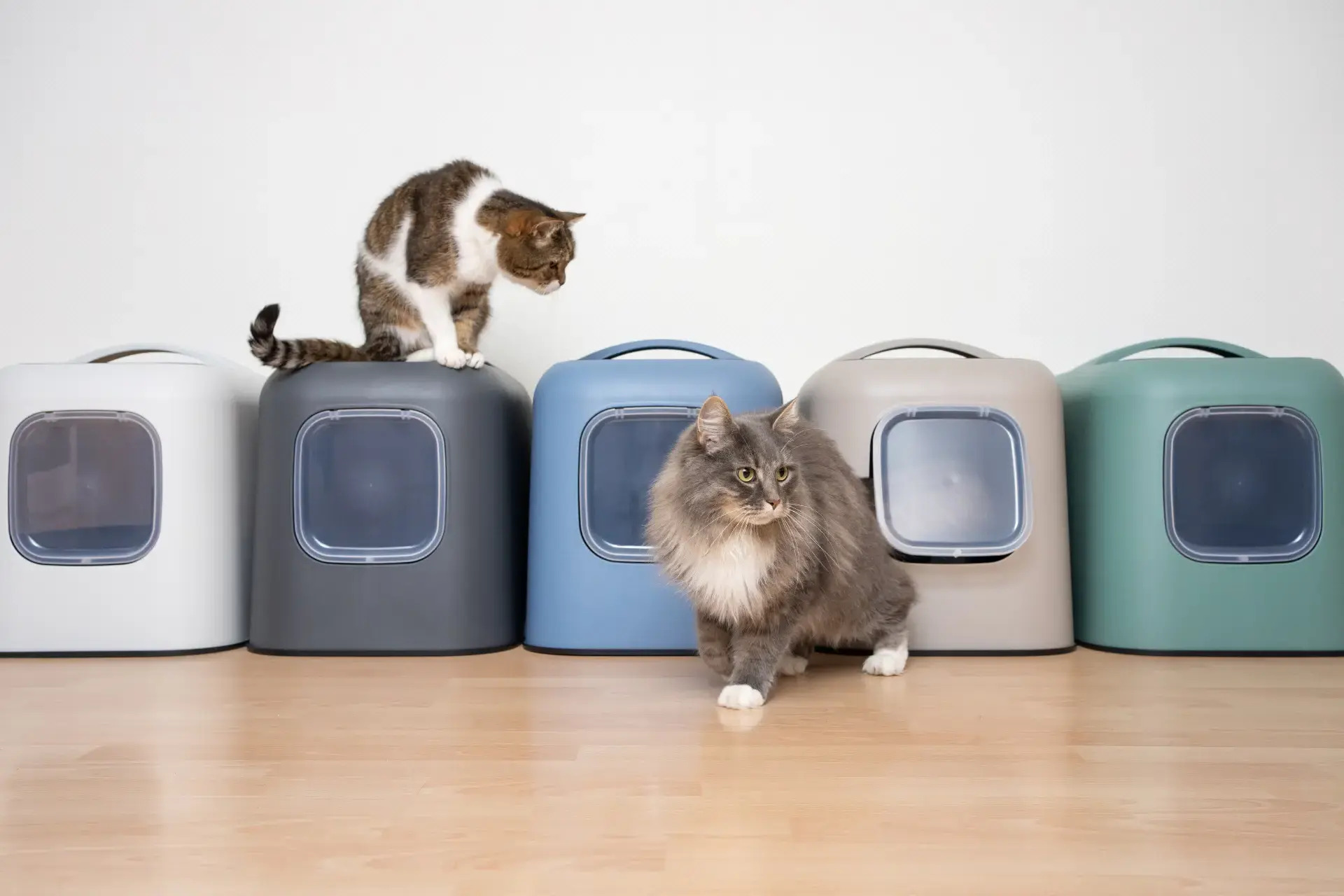
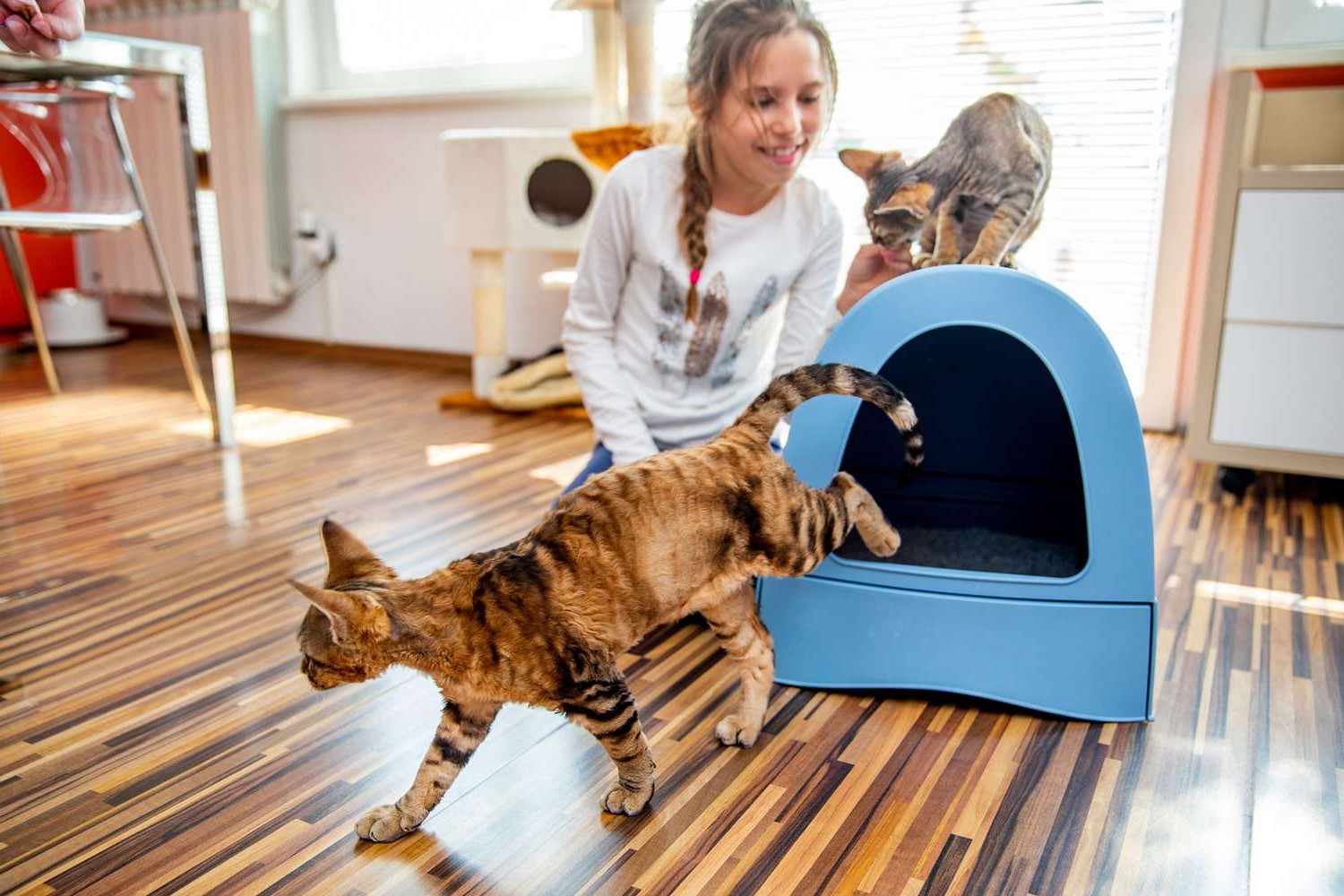
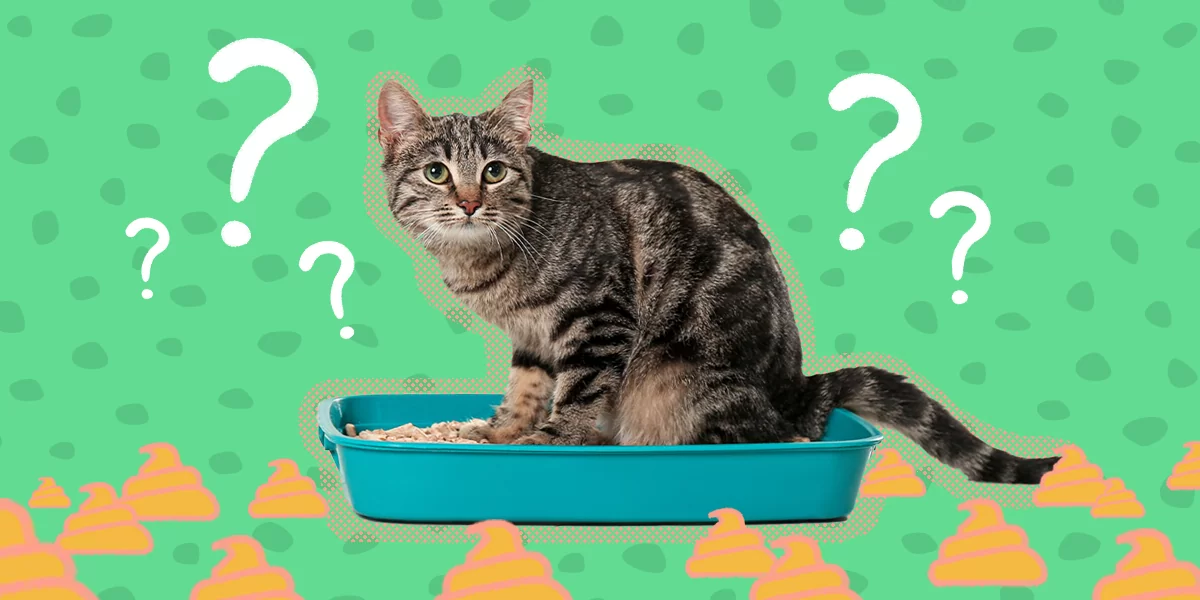
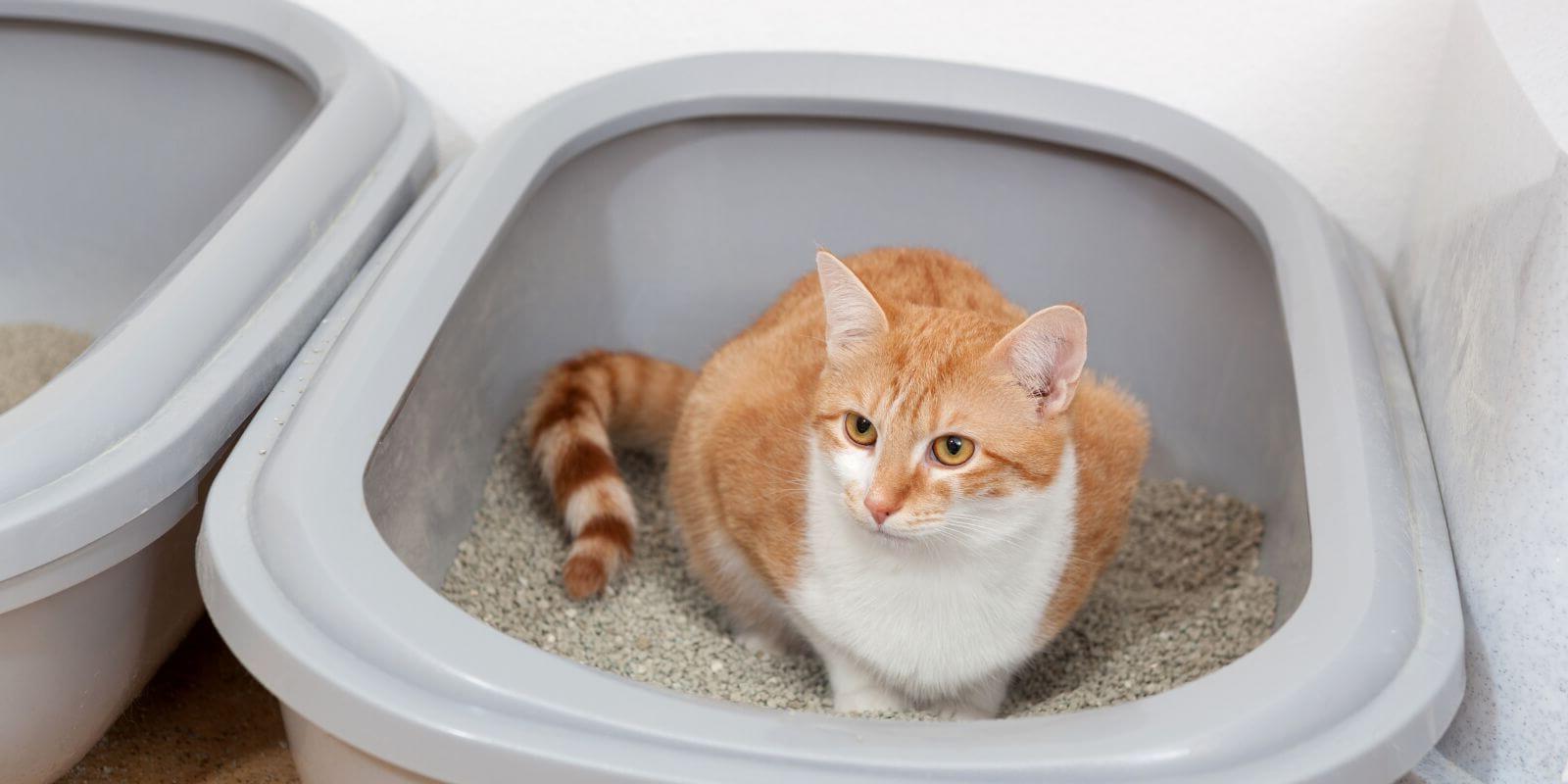
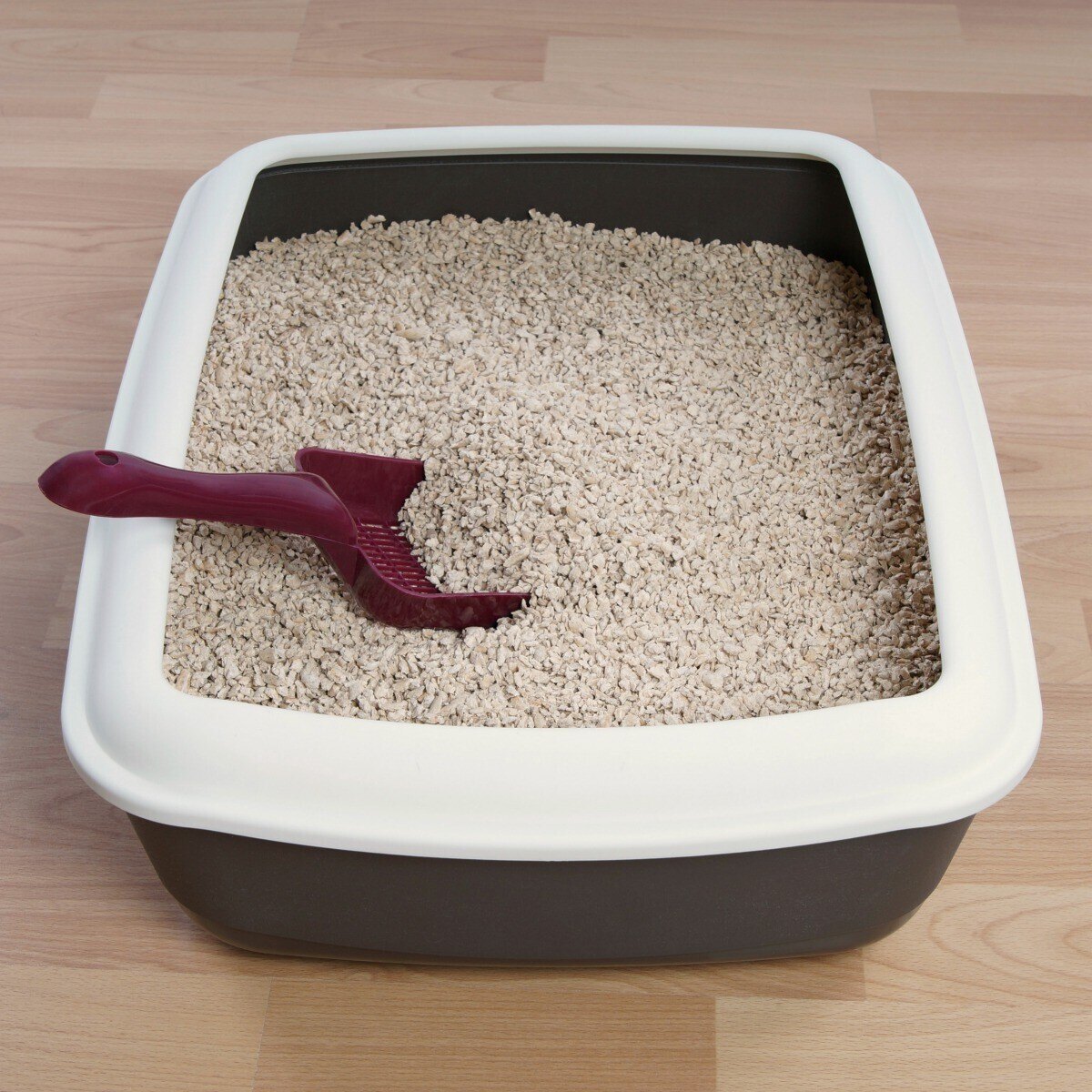
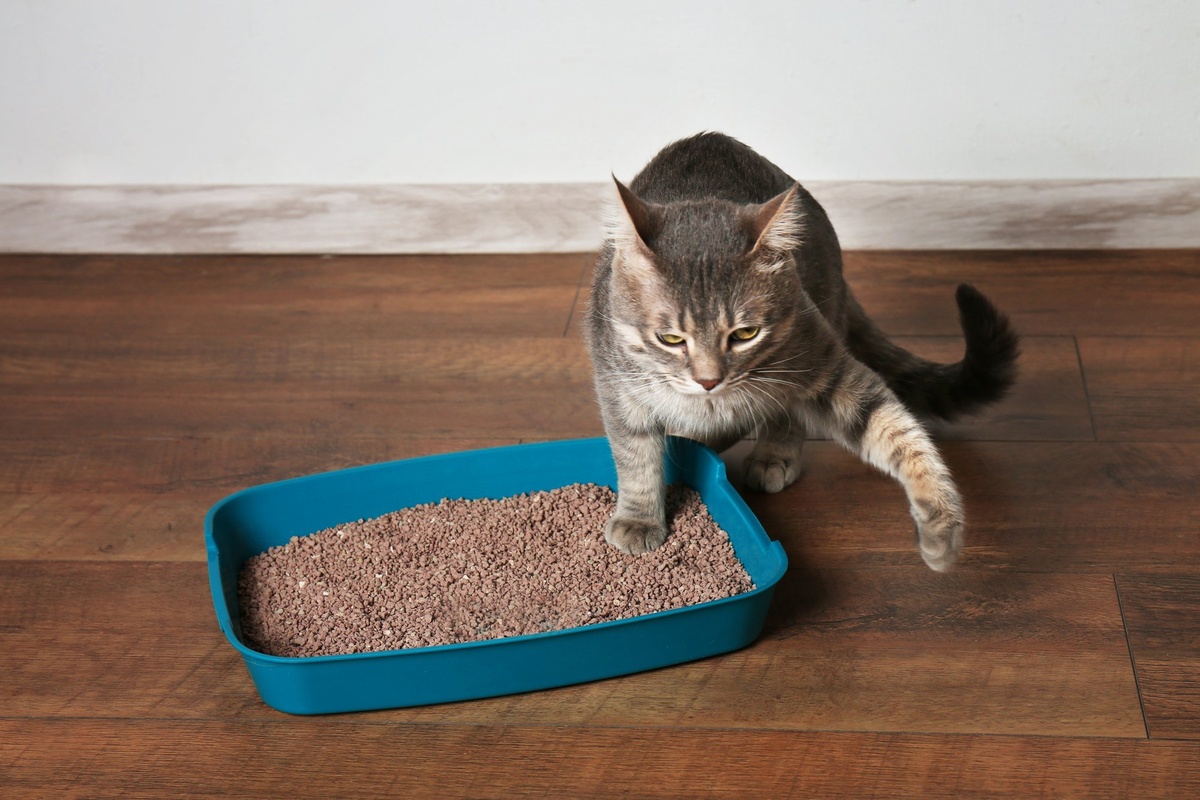
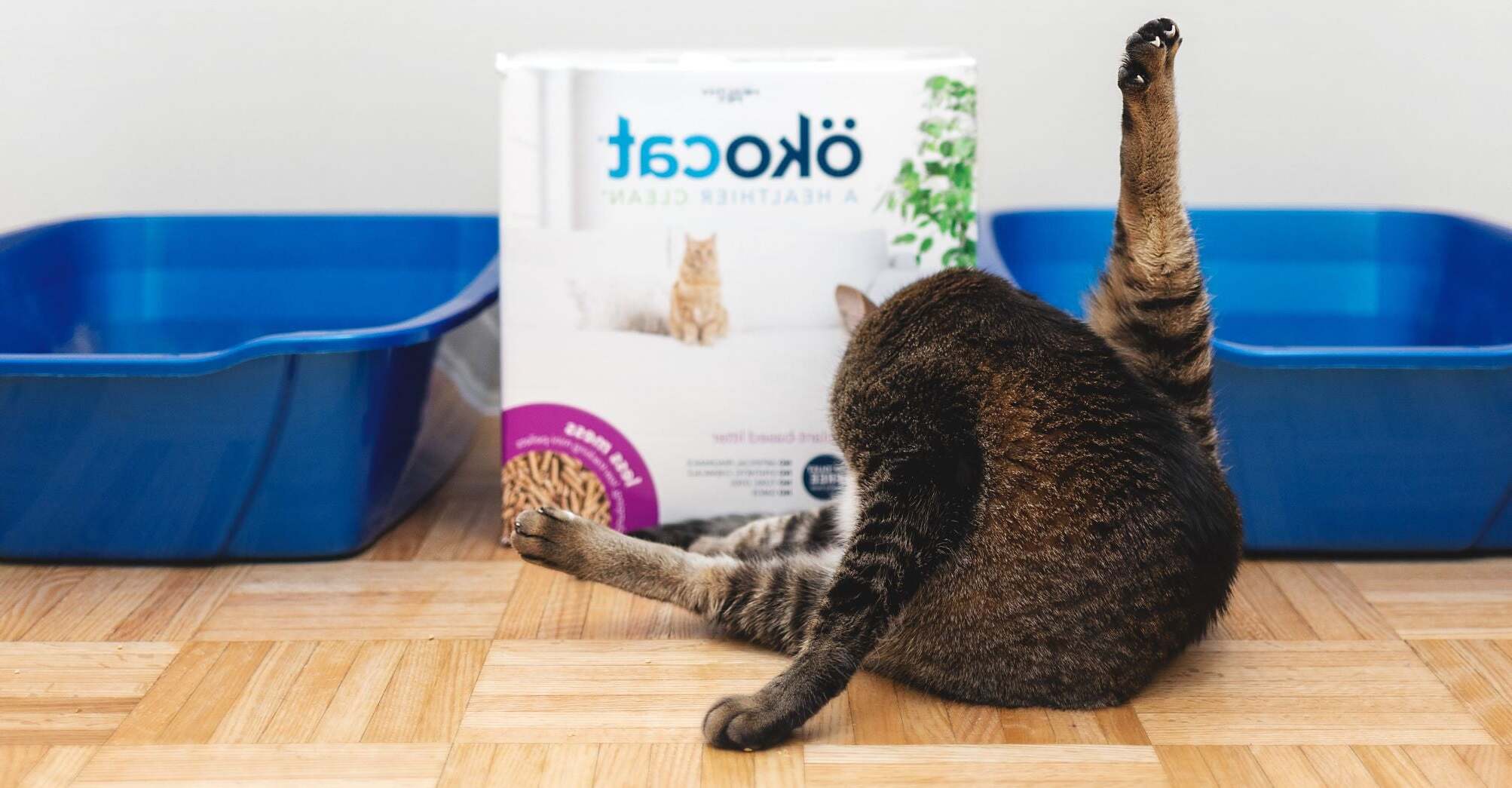
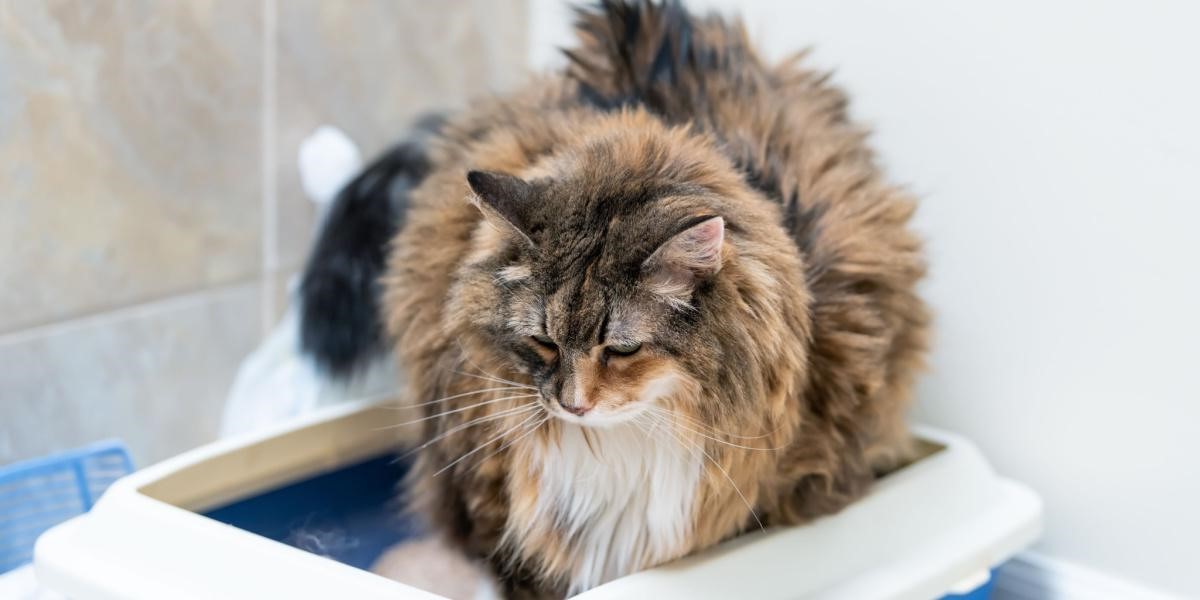
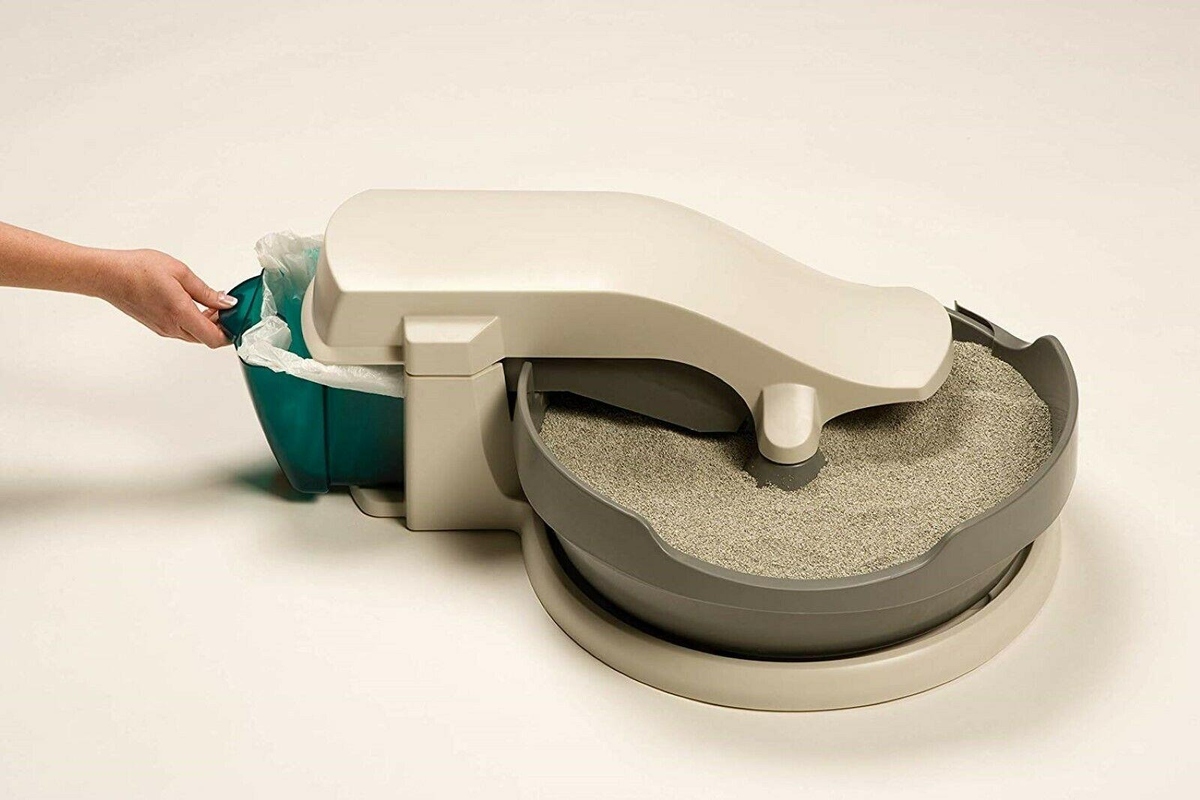
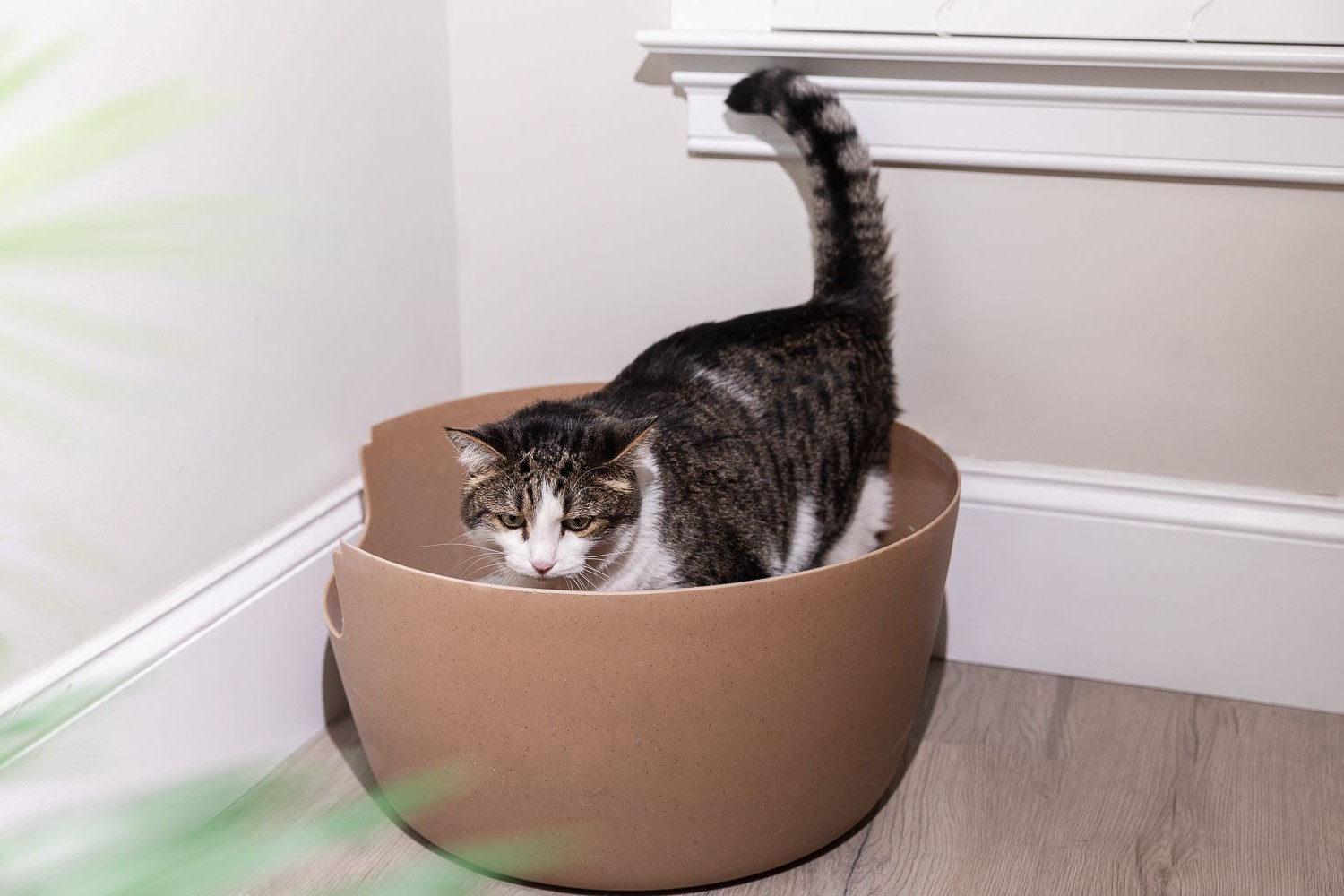
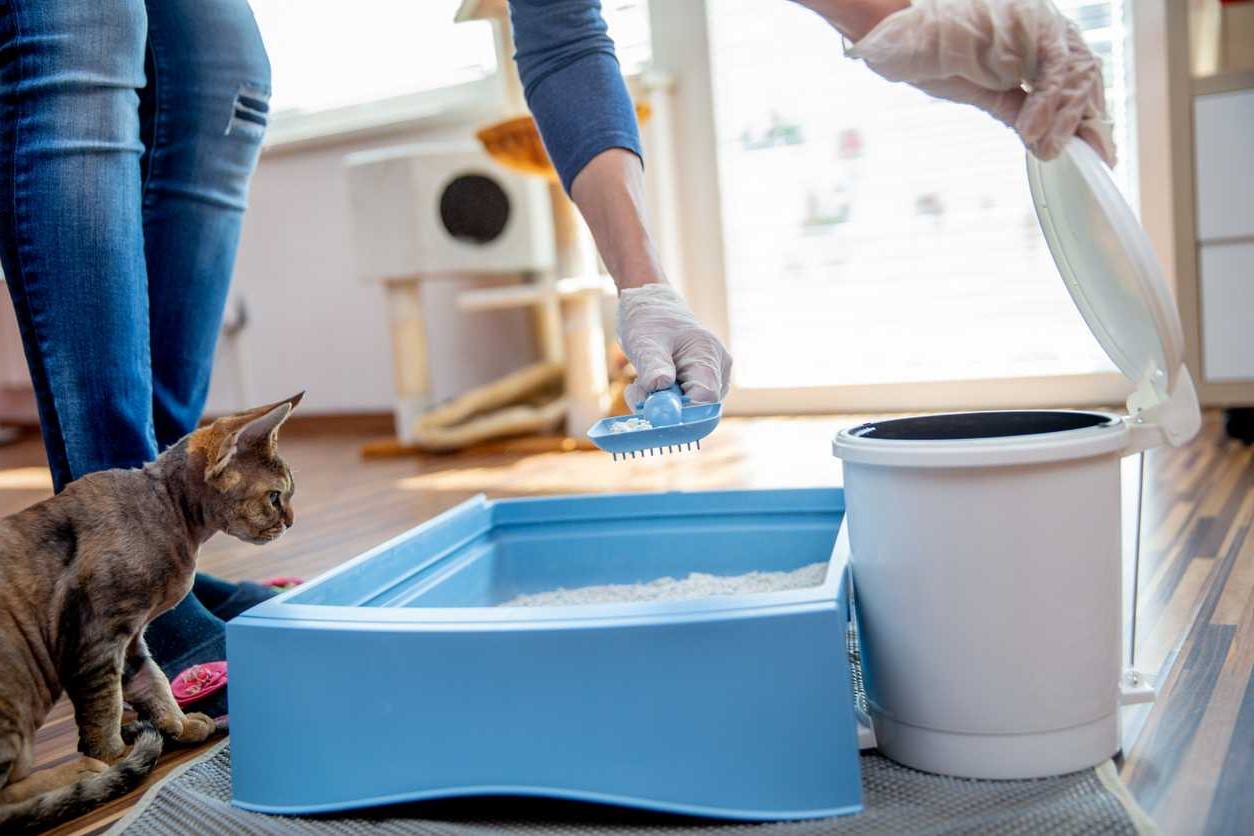

0 thoughts on “How Do You Discipline A Cat For Pooping Outside The Litter Box?”